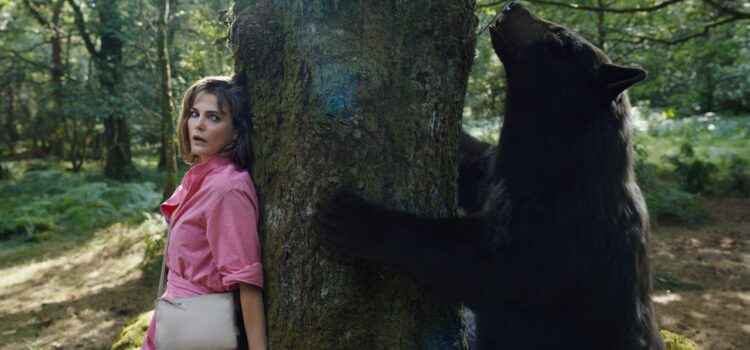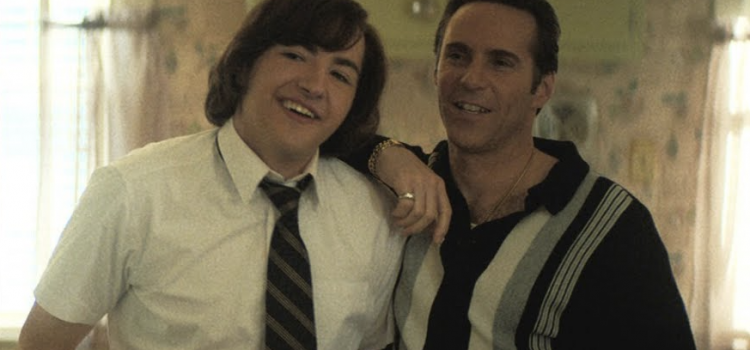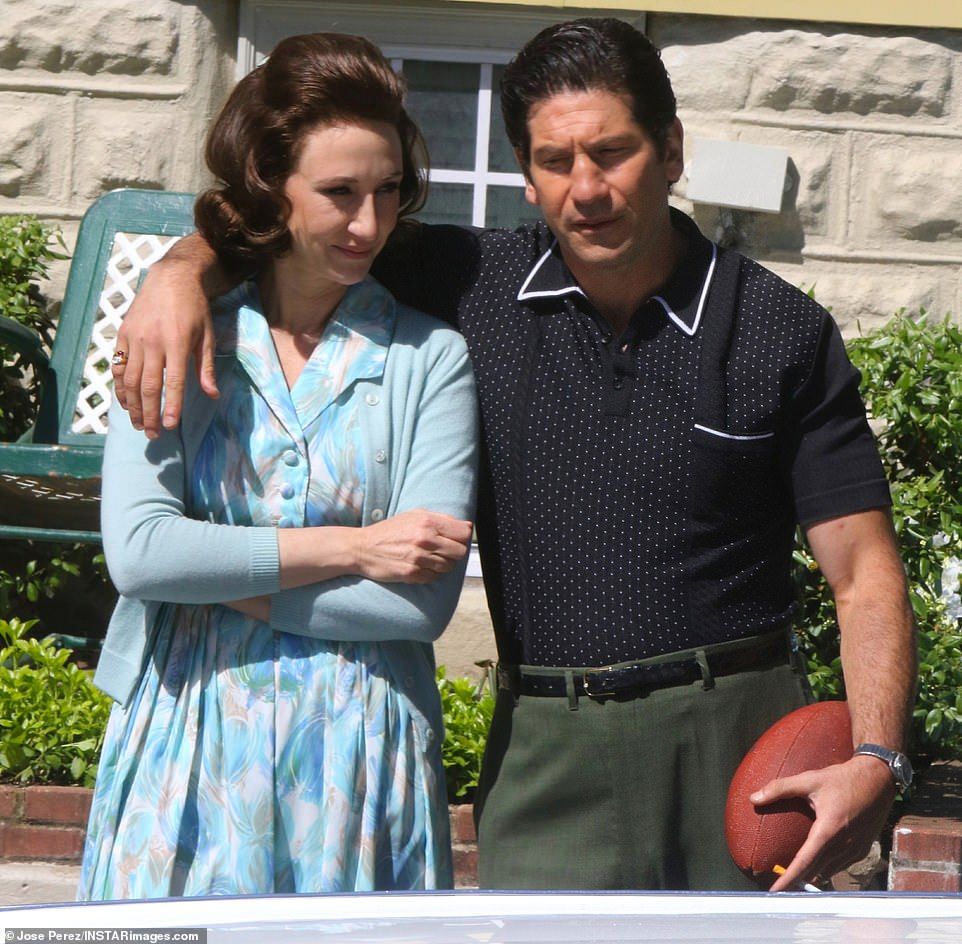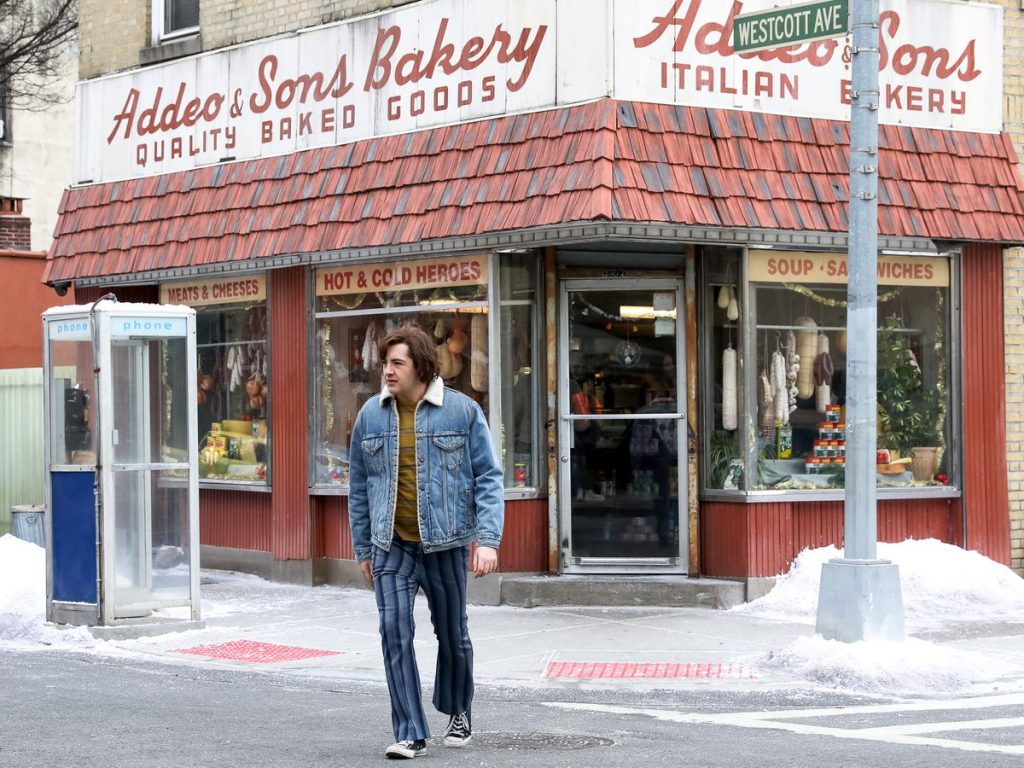By Alex McPherson
A gnarly B-movie that’s both messy and thrilling, director Elizabeth Banks’ “Cocaine Bear” delivers on the chaotic fun promised by its title.
Set in 1985, the film — inspired from true, albeit far less “entertaining” events — begins with a crazed drug smuggler named Andrew C. Thornton II (Matthew Rhys) dumping a large shipment of blow over the Chattahoochee-Oconee National Forest to be retrieved later. The drugs are soon ingested by an American black bear, who, hyped up on the substance, embarks on a path of destruction, not letting anything get between her and the good-good.
When trying to parachute out of his plane, Andrew knocks himself unconscious on the doorframe and falls to his death in Knoxville, Tennessee. He’s then identified by a local policeman named Bob (Isaiah Whitlock Jr.), who links the drugs to a ruthless St. Louis kingpin named Syd White (Ray Liotta). Syd enlists his depressed son, Eddie (Alden Ehrenreich), who is mourning the loss of his wife, and his tough guy fixer, Daveed (O’Shea Jackson Jr.), to find the cocaine. They’re unaware that Bob’s on the trail, but, more importantly, unprepared for the cuddly carnivore that awaits them.
Meanwhile, the 12 year-old Dee Dee (Brooklyn Prince) and her best friend Henry (Christian Convery) skip school to paint a picture of a waterfall in the forest without telling her mother, Sari (Keri Russell). Before long, they find some bricks of cocaine, eat some of it (as one does), and wander into the vicinity of our titular bear. Sari, who happens to be a nurse, panics and goes out searching for them, accompanied by the raunchy, nonchalant Ranger Liz (Margo Martindale) and her tree-hugging crush, Peter (Jesse Tyler Ferguson), whose love of nature isn’t exactly reciprocated.
As these disparate groups converge, mama bear joins the party, not caring one iota about their petty human affairs — they are prime meat for the slaughter. Indeed, when the bear is unleashed to wreak gratuitously bloody havoc, Banks’ film shines: creature-feature-slasher as tar-black slapstick comedy. The human drama doesn’t hold up in comparison, but “Cocaine Bear” remains briskly paced and wholeheartedly committed to the bit during its 95-minute runtime, while maintaining an earnest streak through the bloodshed that, for all its awkwardness, fits the proceedings like a glove.
As expected, “Cocaine Bear” doesn’t aim for high-minded social commentary (no pun intended), and never takes itself too seriously. Numerous criticisms can be lobbed its way in terms of structure and consistency, but, perhaps, that’s part of the point — the bear triumphs over all. Nearly every other element, no matter how lackluster, sets up scenarios for her to engage in gory goodness. Even though the film can be a scattershot affair, the payoff is always worth it.
By not anthropomorphizing the bear itself, Banks respects it as an animal hooked on a mysterious substance, instantly addicted and empowered with newfound boldness — unpredictable and dangerous, merciless in its pursuits and not to be trifled with by anyone idiotic enough to believe they stand a chance against it. Performed with impressive motion capture by Allan Henry, the bear is a source of both terror and hilarity, with Banks delivering some genuinely suspenseful set-pieces of it creeping up on and misdirecting its prey; priming viewers for some wholly effective jump-scares and viscera-laden carnage amid rustling foliage and sunswept fields.
One scene involving an ambulance is a masterpiece of dark comedy — fear and tension turning into shocked laughter that’s best viewed with a large crowd of like-minded souls. These sequences, thanks to Banks’ unflinching direction, John Guleserian’s dynamic cinematography, and Mark Mothersbaugh’s synth-heavy score, are memorable, and worth the price of admission alone.
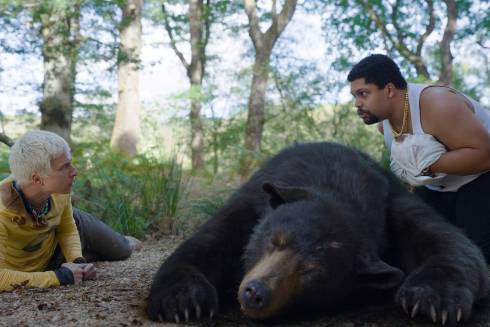
What about the humans, though? “Cocaine Bear” doesn’t prioritize “raw emotion” in their respective arcs, but the ensemble capably shoulders the absurdity. Whitlock Jr. brings his characteristic deadpan dignity to policeman Bob, remaining cool and collected through his exasperation and increasing peril. With a small dog waiting for him at home, we’re rooting for him to make it out alive. Martindale and Ferguson are exceptional — essentially cartoon characters who, for what they lack in groundedness, make up for in charm. Russell convincingly brings out her own “mama bear” side to rescue Dee Dee, while Prince and Convery are hilarious as two rebellious youngsters in way over their heads who aren’t quite as brain-dead as viewers might initially expect. Ehrenreich and Jackson Jr. do what they can, but aren’t nearly as successful with standard archetypes bonding through their trauma bond and finally learning some self-respect. Liotta amusingly hams it up as the real villain of the piece, rather one-note but enjoyable to watch nevertheless.
Even though “Cocaine Bear” is, well, “Cocaine Bear,” there’s some environmentalist themes that rear their heads, principally the importance of respecting the natural world. Like the shipment of cocaine that’s carelessly dropped into the wilderness, this batch of characters with wildly different life experiences are gathered within a space they don’t belong— encountering a drug-fueled apex predator ready to punish them for their intrusion. Whether or not they deserve their fates, the bear (as it mauls, stalks, and does lines of cocaine off severed limbs) is an equalizing force that removes preconceptions and shifts the humans’ focus to pure survival and self-preservation, at least if they’re smart enough to recognize it. The animal also illuminates their true values. But none of this really matters — it’s just appealing to watch a coked-up bear causing complete and utter chaos.
Admittedly, there is too much going on plot-wise for “Cocaine Bear” to be as focused and satisfying as it should be. The film’s editing is occasionally clunky, with intermittently awkward transitions that break immersion. Similarly, the film’s jokes are hit-or-miss, with the general vibe representative of “there’s a bear on cocaine, oh no!” and punchlines via over-the-top violence. Cheesiness abounds, which fits with the film’s goofy, 80s-throwback style, but lacks emotional heft. The script’s brand of broad, gross-out humor won’t work for those who don’t find the concept giggle-worthy, or who are easily perturbed by excess gut spillage.
Fortunately, for this viewer, “Cocaine Bear” is properly filling, meeting expectations and having (slightly) more to unpack than being merely a slasher flick. This is Cocaine Bear’s domain, and we’re just existing in it.
“Cocaine Bear” is a 2023 comedy-thriller directed by Elizabeth Banks and starring Keri Russell, Matthew Rhys, O’Shea Jackson Jr., Alden Ehrenreich, Ray Liotta, Brooklynn Prince, Christian Convery, Isiah Whitlock Jr., Jesse Tyler Ferguson and Margo Martindale. It is Rated R for bloody violence and gore, drug content and language throughout and the run time is 1 hour, 35 minutes. I opened in theaters Feb. 24. Alex’s Grade: B
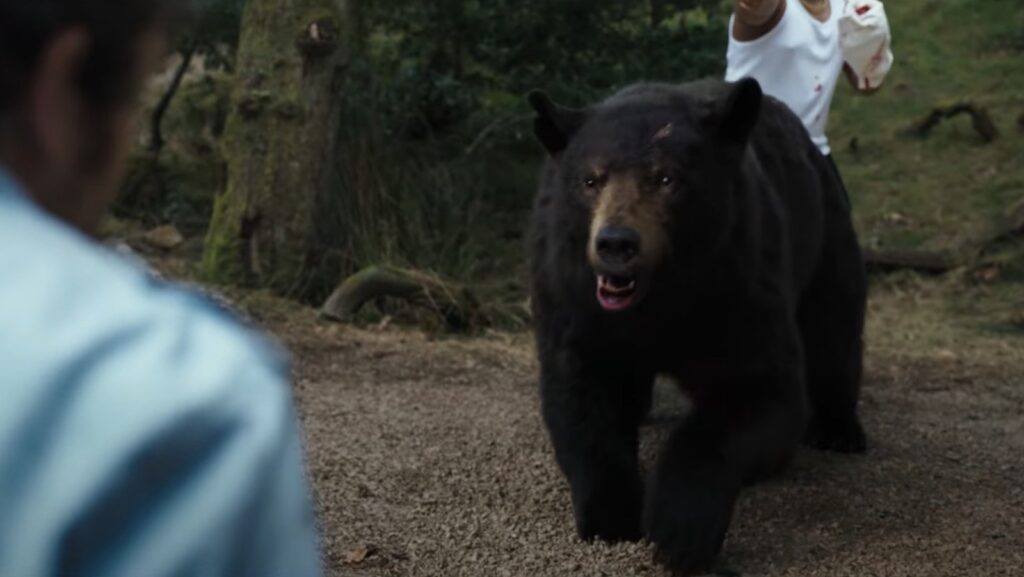
Alex McPherson is an unabashed pop culture nerd and a member of the St. Louis Film Critics Association.

